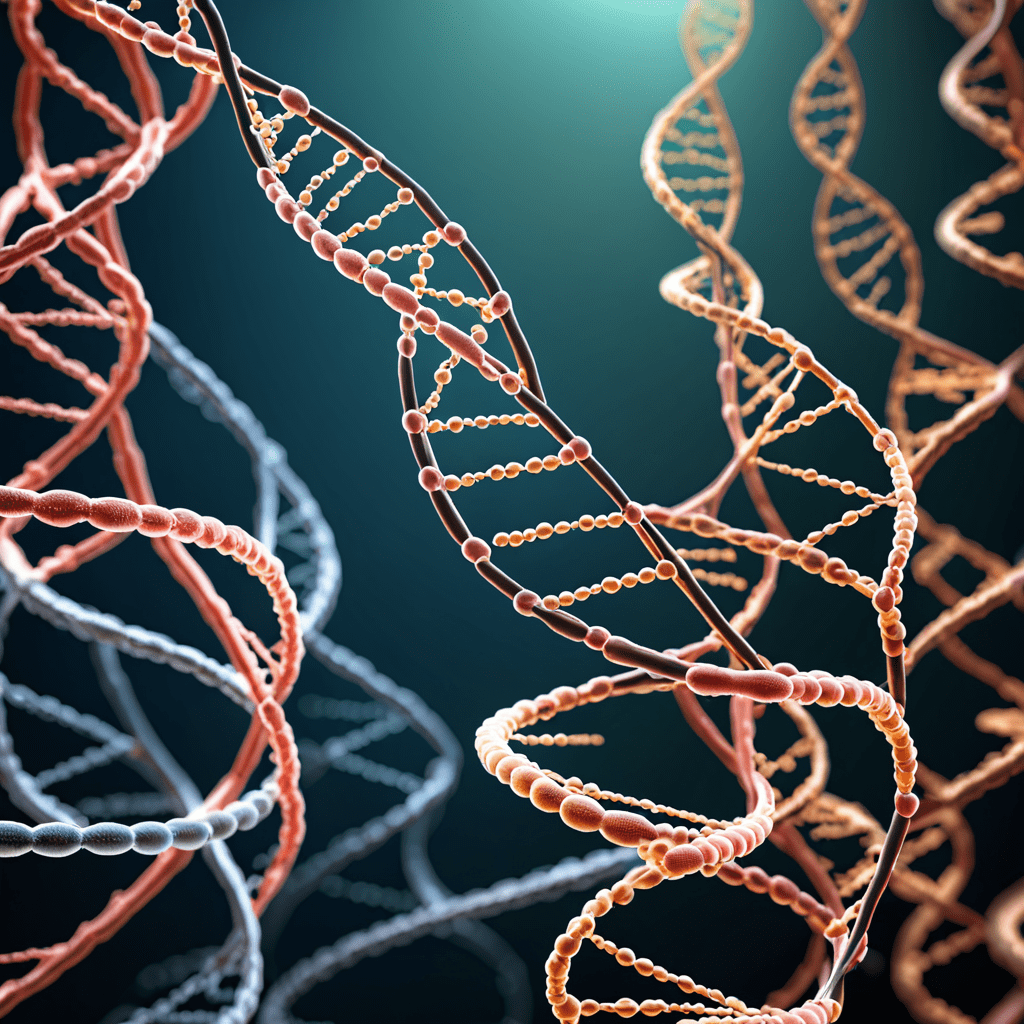Exploring the Future of Biotechnology and Bioinformatics: Next-Generation Sequencing
In the realm of biotechnology and bioinformatics, one of the most revolutionary advancements in recent years is Next-Generation Sequencing (NGS). This cutting-edge technology has rapidly transformed the field, allowing researchers to delve deeper into genetic and biological data with unprecedented speed and accuracy.
The Basics of Next-Generation Sequencing
At its core, Next-Generation Sequencing refers to high-throughput sequencing techniques that enable the rapid sequencing of millions of DNA fragments simultaneously. This differs from traditional Sanger sequencing by allowing for faster, more cost-effective, and massively parallel sequencing of DNA.
Applications of Next-Generation Sequencing
NGS has a wide range of applications across various scientific disciplines, including genomics, transcriptomics, epigenomics, and metagenomics. Researchers utilize NGS to study genetic variations, gene expression profiles, DNA methylation patterns, and microbial communities, among other uses.
Advantages of Next-Generation Sequencing
Next-Generation Sequencing offers numerous advantages over older sequencing methods, such as higher throughput, increased speed, reduced cost, enhanced sensitivity, and the ability to analyze complex biological systems in greater detail. These benefits have significantly advanced our understanding of genomics and genetics.
Challenges and Limitations
Despite its many advantages, Next-Generation Sequencing also presents challenges and limitations. These include issues related to data storage and analysis, bioinformatics tools, standardization of protocols, data accuracy, and the interpretation of vast amounts of sequencing data.
Future Directions in Next-Generation Sequencing
As technology continues to evolve, researchers are exploring innovations in Next-Generation Sequencing, such as long-read sequencing, single-cell sequencing, spatial transcriptomics, and nanopore sequencing. These advancements aim to address current limitations and drive the field of genomics forward.
Implications for Biotechnology and Bioinformatics
The integration of Next-Generation Sequencing in biotechnology and bioinformatics has revolutionized our ability to study the complexities of the genome, transcriptome, and beyond. This technology holds immense potential for personalized medicine, biomarker discovery, drug development, agriculture, and environmental studies.
Conclusion
Next-Generation Sequencing stands at the forefront of modern biotechnology and bioinformatics, offering unprecedented insights into the intricacies of life at the molecular level. As researchers continue to push the boundaries of genomics, the impact of NGS on scientific discovery and innovation is poised to grow exponentially in the years to come.
FAQs about Next-Generation Sequencing
What is Next-Generation Sequencing (NGS)?
NGS is a cutting-edge technology that allows scientists to sequence DNA and RNA at a much faster rate and lower cost compared to traditional Sanger sequencing methods.
How does NGS work?
NGS involves three main steps: library preparation, sequencing, and data analysis. During library preparation, DNA or RNA samples are fragmented and ligated with adapters. The fragments are then sequenced simultaneously, generating massive amounts of data.
What are the applications of NGS?
NGS is widely used in various fields, including genomics, personalized medicine, evolutionary biology, and microbiology. It can be used to study genetic variations, identify mutations, and uncover novel genes.
What are the advantages of NGS?
NGS offers high-throughput sequencing, allowing researchers to analyze multiple samples simultaneously. It provides high accuracy, sensitivity, and coverage, making it useful for detecting rare mutations.
What are some popular NGS platforms?
Popular NGS platforms include Illumina (Solexa), Ion Torrent, and Pacific Biosciences. Each platform has its unique features, such as read length, throughput, and error rates, catering to different research needs.

